-
 Bitcoin
Bitcoin $118100
-0.44% -
 Ethereum
Ethereum $3585
5.43% -
 XRP
XRP $3.434
5.65% -
 Tether USDt
Tether USDt $1.000
0.02% -
 BNB
BNB $743.8
3.89% -
 Solana
Solana $178.7
3.84% -
 USDC
USDC $1.000
0.03% -
 Dogecoin
Dogecoin $0.2381
12.81% -
 TRON
TRON $0.3270
3.62% -
 Cardano
Cardano $0.8315
4.93% -
 Hyperliquid
Hyperliquid $44.51
-4.42% -
 Stellar
Stellar $0.4710
1.52% -
 Sui
Sui $3.896
-2.51% -
 Chainlink
Chainlink $18.09
6.98% -
 Hedera
Hedera $0.2681
9.31% -
 Bitcoin Cash
Bitcoin Cash $516.7
4.83% -
 Avalanche
Avalanche $23.95
6.96% -
 Shiba Inu
Shiba Inu $0.00001490
5.67% -
 UNUS SED LEO
UNUS SED LEO $8.966
0.80% -
 Toncoin
Toncoin $3.294
4.39% -
 Litecoin
Litecoin $105.4
4.69% -
 Polkadot
Polkadot $4.356
5.30% -
 Uniswap
Uniswap $10.29
17.25% -
 Monero
Monero $327.9
-3.04% -
 Bitget Token
Bitget Token $4.942
4.33% -
 Ethena USDe
Ethena USDe $1.001
0.08% -
 Pepe
Pepe $0.00001348
2.17% -
 Dai
Dai $1.000
0.02% -
 Aave
Aave $320.8
0.58% -
 Bittensor
Bittensor $411.8
-4.07%
What is the difficulty adjustment mechanism for IPFS mining?
IPFS lacks a difficulty adjustment mechanism; unlike blockchain mining, its reward system for storage and bandwidth provision adapts dynamically to network capacity and demand, adjusting profitability implicitly through market forces.
Mar 06, 2025 at 02:30 pm

Key Points:
- IPFS doesn't employ a traditional "mining" process like Bitcoin or Ethereum. There's no proof-of-work or proof-of-stake consensus mechanism involved in earning rewards.
- Instead of mining, IPFS participants earn rewards through providing storage and bandwidth. The reward system is complex and based on factors like storage capacity, uptime, and data retrieval speed.
- There's no difficulty adjustment mechanism in the same sense as blockchain networks. The reward system adapts to the overall network capacity and demand. The more storage and bandwidth are available, the lower the rewards per unit tend to be.
What is the difficulty adjustment mechanism for IPFS mining?
The term "IPFS mining" is a misnomer. Unlike Bitcoin or Ethereum, IPFS doesn't use a proof-of-work or proof-of-stake consensus mechanism that necessitates a difficulty adjustment. Instead of mining cryptocurrency, IPFS participants contribute storage and bandwidth to the decentralized network. Their contribution is rewarded based on a complex system of factors.
IPFS uses a distributed file system, making it fundamentally different from blockchain networks. Blockchains need difficulty adjustments to maintain a consistent block generation time, preventing centralization and ensuring security. The difficulty adjusts based on the network's computational power. If the hash rate increases, the difficulty increases proportionally, and vice versa. This prevents miners with superior computational power from dominating the network and controlling the block creation process.
However, in IPFS, the concept of difficulty doesn't directly apply. There is no single metric that needs adjustment to maintain a specific rate of file storage or retrieval. Instead, the reward system itself adapts to the network's overall capacity and demand.
The rewards for contributing to IPFS are not directly tied to a computational challenge but to the usefulness of your contribution. The more storage space you provide and the faster you can retrieve data, the more valuable your contribution is to the network. The Filecoin cryptocurrency, a separate project built on top of IPFS, offers rewards for storage provision. However, Filecoin has its own separate proof-of-replication consensus mechanism and its own difficulty adjustment.
Let's consider how the reward system in Filecoin, a closely related project, indirectly addresses the concept of network capacity:
- Supply and Demand: If many providers offer storage, the price per gigabyte of storage will likely decrease. This is similar to a market-based adjustment. More supply leads to lower prices, thus reducing the rewards for each provider.
- Reputation and Performance: Filecoin's reward system takes into account the quality and reliability of storage providers. Providers with consistently high uptime and fast retrieval speeds will receive more rewards than those with poor performance. This encourages providers to maintain high standards.
- Storage Deal Prices: The prices for storage deals (contracts between clients and storage providers) are determined through a market mechanism, influenced by supply and demand.
Unlike Bitcoin's difficulty adjustment, which directly impacts the rate of block creation, IPFS's reward system adjusts implicitly based on the interplay of storage supply, demand, and provider performance.
Think of it this way: imagine a library. If many librarians are available, and the library has ample space, the reward for each librarian might be less than in a smaller, busier library. IPFS operates on a similar principle, but instead of librarians, it has storage providers.
Therefore, while there isn't a direct equivalent of a "difficulty adjustment mechanism," the overall economic incentives within the Filecoin ecosystem and the market dynamics influencing storage deals act as a form of indirect adjustment, regulating the profitability of providing storage and bandwidth to the IPFS network.
The reward mechanism in IPFS is dynamic and based on several factors. It adapts to the changes in the network, creating a balanced system that encourages participation while maintaining network efficiency. This contrasts with the rigid and predetermined nature of difficulty adjustments in traditional blockchain mining.
Common Questions:
Q: Is IPFS mining profitable?
A: It's not accurate to call it "mining." The profitability of providing storage and bandwidth to the IPFS network (and earning Filecoin) depends on factors like hardware costs, electricity prices, storage space available, network demand, and the price of Filecoin. It's not guaranteed to be profitable.
Q: How do I participate in IPFS storage?
A: You can participate by running a node and offering storage capacity through platforms like Filecoin. This requires technical knowledge and hardware investment.
Q: What are the differences between IPFS and blockchain mining?
A: IPFS focuses on decentralized storage, while blockchain mining secures the blockchain through cryptographic puzzles. IPFS doesn't involve the same computational intensity or reward structure.
Q: Is there a way to predict future rewards in IPFS?
A: No, future rewards are unpredictable due to the dynamic nature of the network and the fluctuating demand for storage. Market forces and technological advancements will influence future rewards.
Q: What hardware is needed for IPFS storage provision?
A: The hardware requirements depend on the scale of storage you want to provide. It ranges from simple home servers to large-scale data centers.
Q: How is the security of IPFS ensured?
A: IPFS's security relies on the decentralized nature of the network. Data is replicated across many nodes, making it resilient to single points of failure or attacks. Filecoin adds further security through its proof-of-replication mechanism.
Disclaimer:info@kdj.com
The information provided is not trading advice. kdj.com does not assume any responsibility for any investments made based on the information provided in this article. Cryptocurrencies are highly volatile and it is highly recommended that you invest with caution after thorough research!
If you believe that the content used on this website infringes your copyright, please contact us immediately (info@kdj.com) and we will delete it promptly.
- Meme Coin Mania: BONK, FLOKI, and the Quest for Crypto Gold
- 2025-07-19 10:50:12
- Troller Cat Presale Surge: The Meme Coin That's Actually Good?
- 2025-07-19 10:50:12
- XRP Mining for Passive Income: Is It the Next Big Thing?
- 2025-07-19 10:30:12
- Neo Blockchain & ChainGPT: AI Revolutionizing Decentralized Applications
- 2025-07-19 10:35:13
- Altcoins, Ethereum, and SharpLink: A New Era in Crypto Investment?
- 2025-07-19 09:15:12
- Coin Shop Homicide: Guilty Verdict After Decade-Long Wait
- 2025-07-19 08:50:13
Related knowledge
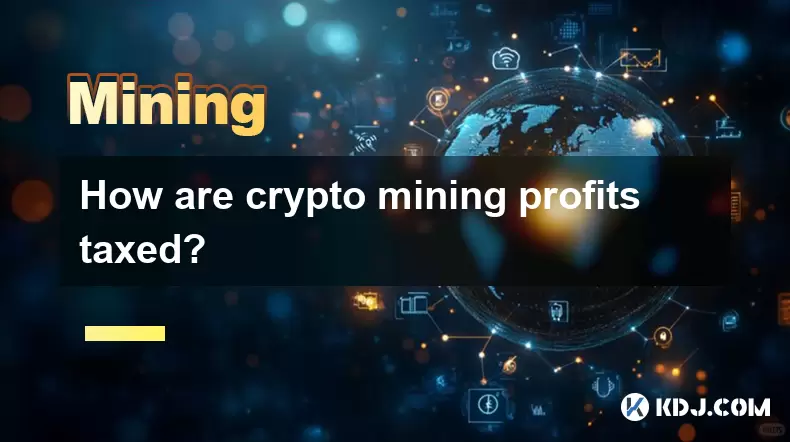
How are crypto mining profits taxed?
Jul 14,2025 at 12:28am
Understanding Cryptocurrency Mining and TaxationCryptocurrency mining involves validating transactions on a blockchain network and earning rewards in ...
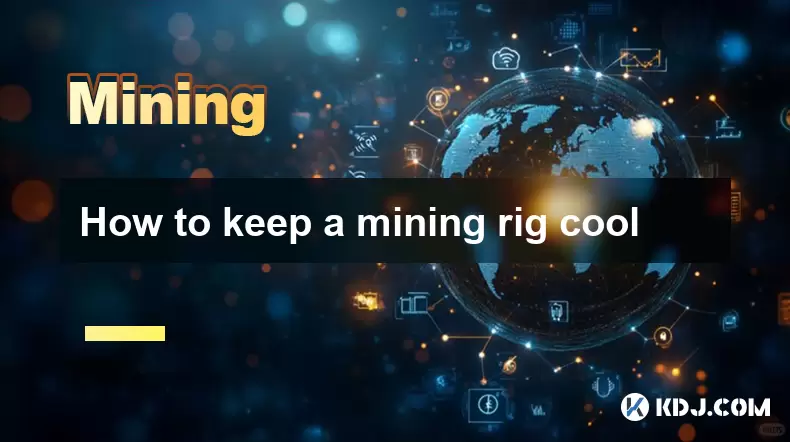
How to keep a mining rig cool
Jul 12,2025 at 01:42pm
Understanding the Importance of Cooling in Mining RigsCryptocurrency mining is an intensive process that places heavy demand on hardware components, p...
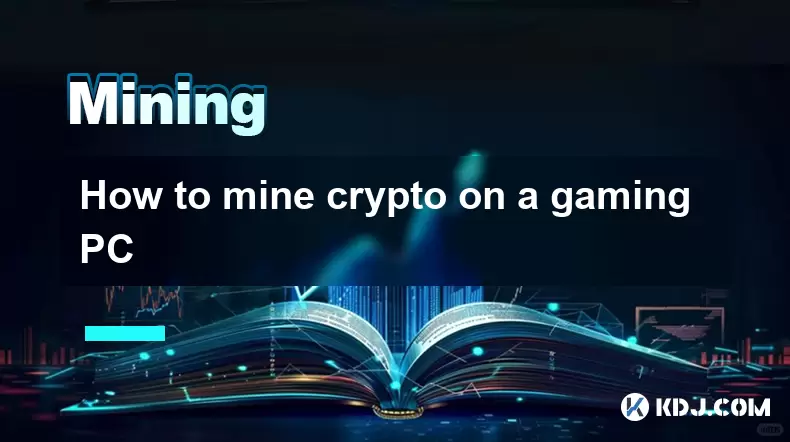
How to mine crypto on a gaming PC
Jul 16,2025 at 12:00pm
What is Crypto Mining on a Gaming PC?Crypto mining involves using your computer's processing power to validate transactions on a blockchain network. A...
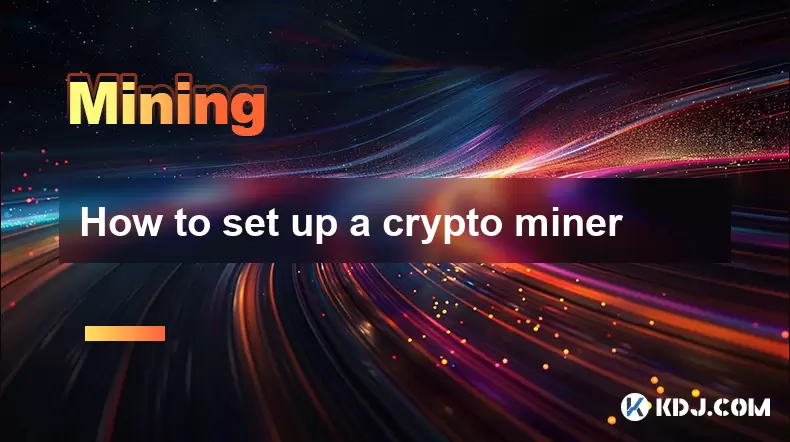
How to set up a crypto miner
Jul 16,2025 at 09:14am
Understanding Ethereum Gas Fees: What Are They and How Do They Work?Ethereum gas fees are a fundamental aspect of the network, representing the cost r...
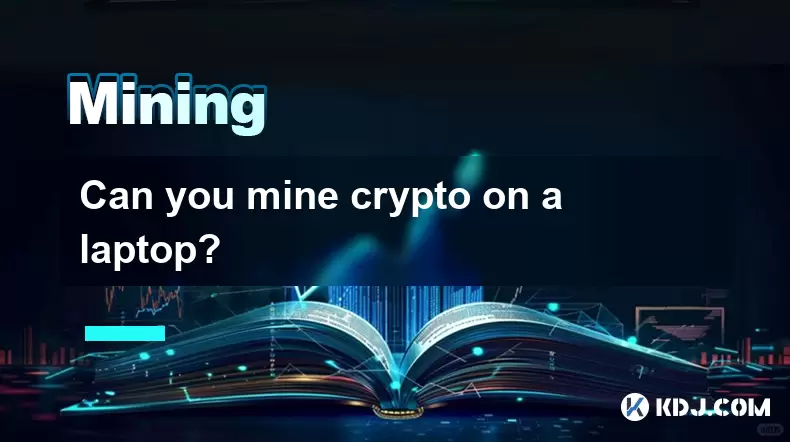
Can you mine crypto on a laptop?
Jul 16,2025 at 02:21am
Is It Feasible to Mine Cryptocurrency on a Laptop?Mining cryptocurrency on a laptop is technically possible, but feasibility depends heavily on the ha...
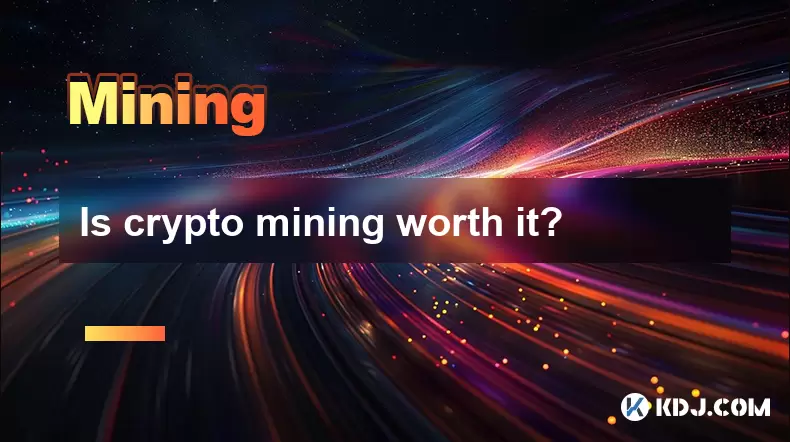
Is crypto mining worth it?
Jul 16,2025 at 01:21am
Understanding the Basics of Crypto MiningCrypto mining refers to the process of validating transactions on a blockchain network by solving complex mat...

How are crypto mining profits taxed?
Jul 14,2025 at 12:28am
Understanding Cryptocurrency Mining and TaxationCryptocurrency mining involves validating transactions on a blockchain network and earning rewards in ...

How to keep a mining rig cool
Jul 12,2025 at 01:42pm
Understanding the Importance of Cooling in Mining RigsCryptocurrency mining is an intensive process that places heavy demand on hardware components, p...

How to mine crypto on a gaming PC
Jul 16,2025 at 12:00pm
What is Crypto Mining on a Gaming PC?Crypto mining involves using your computer's processing power to validate transactions on a blockchain network. A...

How to set up a crypto miner
Jul 16,2025 at 09:14am
Understanding Ethereum Gas Fees: What Are They and How Do They Work?Ethereum gas fees are a fundamental aspect of the network, representing the cost r...

Can you mine crypto on a laptop?
Jul 16,2025 at 02:21am
Is It Feasible to Mine Cryptocurrency on a Laptop?Mining cryptocurrency on a laptop is technically possible, but feasibility depends heavily on the ha...

Is crypto mining worth it?
Jul 16,2025 at 01:21am
Understanding the Basics of Crypto MiningCrypto mining refers to the process of validating transactions on a blockchain network by solving complex mat...
See all articles

























































































